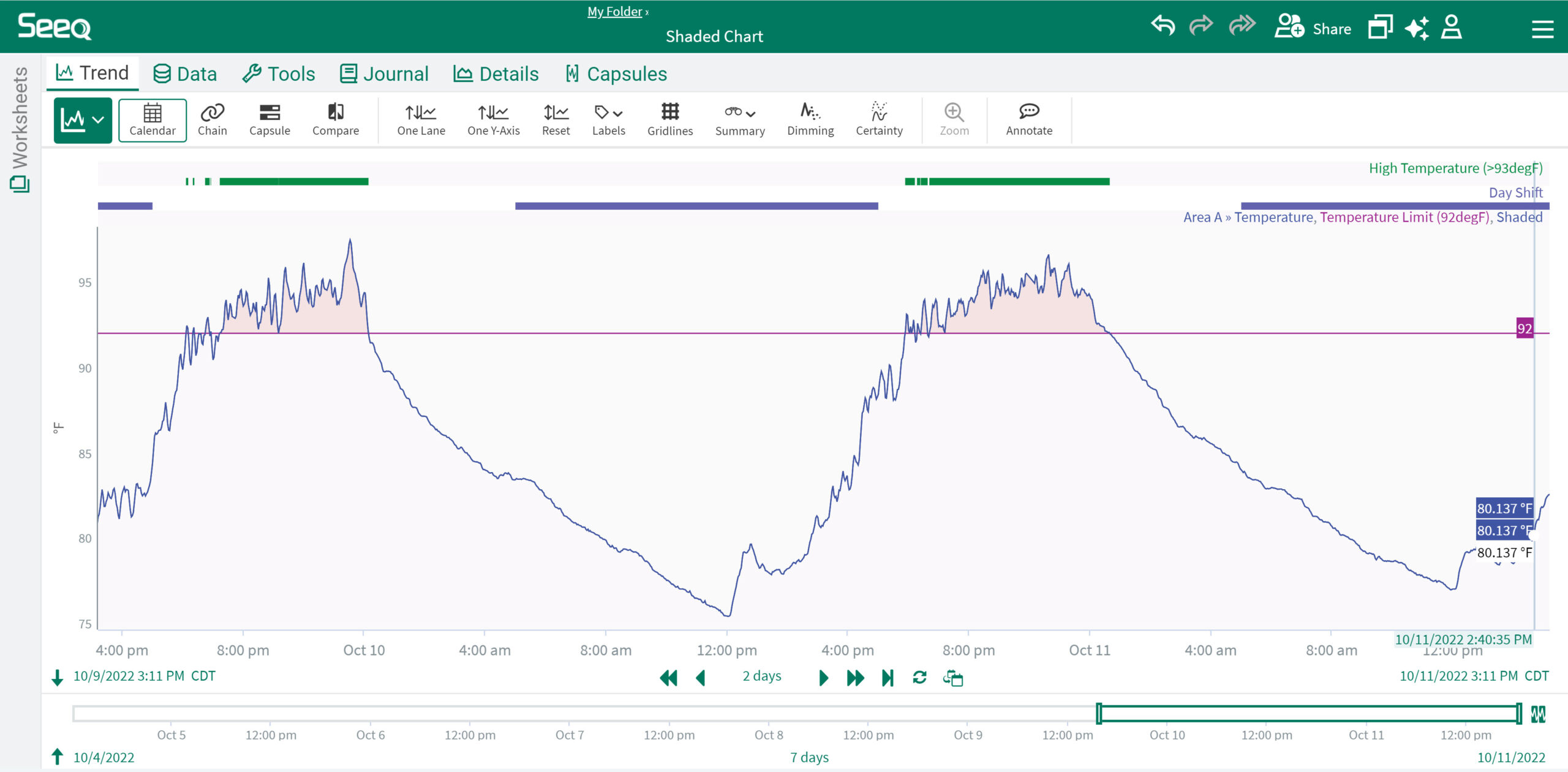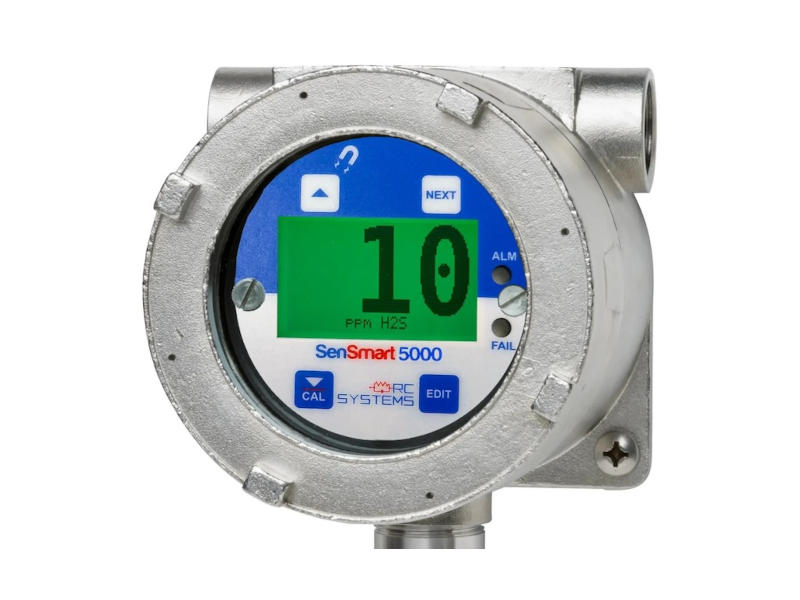A more connected enterprise can use both technologies.

From office supplies and tools to manufacturing components and machines, fixed assets are a part of day-to-day business operations across almost every industry. Although a small piece in the grand scheme of operations, asset tracking is vital for enterprises seeking to maximize their resources and increase efficiency.
Yet, traditional methods of asset tracking—including barcode-scanning systems and the pen and pencil—require user interaction and costly line-of-sight efforts. For enterprises looking to accurately manage assets without adding labor, radio frequency identification (RFID) coupled with enterprise asset management (EAM) software can be highly effective.
RFID tags: an overview
While there are several kinds of RFID tags, the type of tag used depends on the characteristics of the assets you are tracking. There’s a difference between tracking large, low-volume assets like machinery and small, high-volume items, such as manufacturing parts or components in returnable containers. Here’s a comparison between the two most common tags under the RFID umbrella: active and passive.
Active RFID tags. With read ranges up to 300 ft, active RFID tags are used for tracking high-value assets with variable movement throughout large, open facilities. These tags use battery power to transmit their signals to RFID readers. However, active tags can be costly and their batteries must be replaced every three to five years.
Passive RFID tags. For tracking a large volume of low-value items, passive RFID tags are best. Unlike active tags, passive tags depend on a reader’s energy (rather than a battery) to charge the chip/antenna and then reflect data back to the reader. With a read range of about 10 ft, passive RFID tags are smaller and less costly than active tags. But, if greater read ranges are needed, battery-assisted passive (BAP) tags are an excellent alternative. These tags contain a battery that charges the chip to transmit and receive information.
Passive RFID technology
With lower costs and a smaller size, passive RFID tags are the most commonly used in the realm of asset management. In a passive RFID system, the RFID reader transmits its electromagnetic energy to the tag, "waking it up." The tag then harvests the power of the reader to respond by sending its data over the electromagnetic radio waves back to the reader (this is called "backscatter").
Then, the reader receives the radio waves, interprets the data and passes it through the server to the appropriate business application. As assets migrate through read zones, RFID readers can read hundreds of tags at a time, capturing location data and other information—which become viewable within an organization’s system of record.
Within a passive system, users typically rely on either specialized handheld readers or fixed-position readers. Specialized handheld readers are usually mobile computers with built-in RFID readers and antennas. Because they capture data from many tags at once, these devices are frequently used for auditing or counting functions. Notably, Bluetooth-attached readers are gaining traction as less costly alternatives to traditional handhelds. By attaching a Bluetooth RFID reader to existing mobile computers or tablets, it is possible to capture read events and transfer the data through mobile devices directly to servers.
On the other hand, fixed-position RFID readers enable staff to automatically capture read events. Just as their name implies, fixed-position readers are "fixed," or mounted to a doorway or threshold in an open area. Without the need for user interaction, fixed readers log the read event for presence detection or to trigger a notification when an asset moves from point A to point B.
Regardless of the type of reader deployed, passive RFID technology adds value to asset management by reducing audit and counting time (often up to 6.5 percent), thereby generating savings in labor costs. RFID also provides the benefit of automating the update of an asset’s location. For instance, if fixed-position readers are automatically and continuously updating the locations of tagged assets, then staff can begin a search function from an asset’s last known location instead of wasting valuable time and resources searching for a particular item.
Optimizing asset tracking
While RFID systems can simplify search functions and audits, they do not actually "manage" the assets throughout their lifecycle. This is where EAM software comes into play. Specifically, EAM software tracks the entire lifecycle of assets, which includes financial, physical and contractual information, such as the asset’s price, depreciated value, location and warranty information. EAM software also tracks calibration, maintenance and chains of custody; supports workflows based on conditions; and automates compliance and decision-making reporting. With these functions, users can determine the appropriate course of action for a particular asset.
Implementing RFID with EAM software, whereby data collected from the RFID system feeds into the software system, offers a number of benefits. First, you can obtain enterprisewide visibility into physical assets to improve operations: What assets do you have? Where are they located? Who has custody of them?
Second, you can streamline data entry and reporting, therefore, saving labor hours and minimizing risks. How? Physical assets are often purchased via a procurement system, in which information such as the item’s model number and price is recorded. If the asset is above a particular threshold, it is entered into a fixed asset-management system. From there, that item begins to depreciate until it is retired.
During that time, neither the fixed asset-management system nor the procurement system has any idea where the assets are located, their condition or which employee checked them in or out. And, if an item is retired or goes missing, the systems do not know until staff performs time-consuming, expensive, manual physical-inventory audits. This headache can be eliminated by feeding purchase orders into the EAM systems.
In this way, manufacturers fill the gap between the procurement or ERP system and the fixed asset-management system. The EAM data also can be fed into financial systems to prepare for depreciation or tax reporting.
To better understand the benefits of combining RFID and EAM software, consider the following example: Whenever assets entered its facility, an automotive supplier was manually entering data into a paper-based records system. Not only was this process time-consuming, but it also created challenges associated with finding, tracking and inventorying materials, parts and equipment.
By implementing an RFID system integrated with EAM software, this automotive company has since reduced its storage area and eliminated daily cycle count and overtime hours for inventory audits. In fact, the supplier calculated 460% ROI in the first year alone.
RFID technology with EAM software is a powerful combination. As you effectively track and manage assets throughout their entire lifecycle, you can reduce labor hours and costs spent on locating and auditing assets. In addition, you can leverage the insight collected to assist in decision-making that impacts your entire organization. The end result is a more efficient, accurate and connected enterprise.
Tom O’Boyle is director of RFID for Barcoding Inc..



